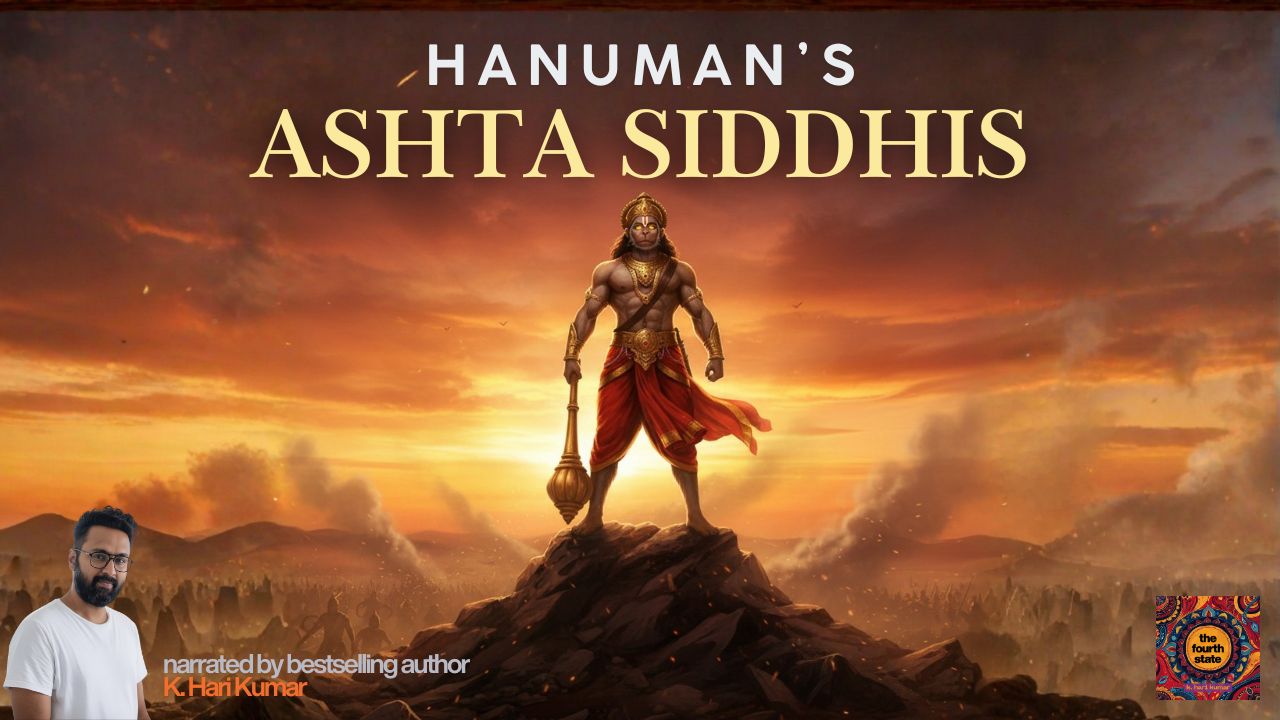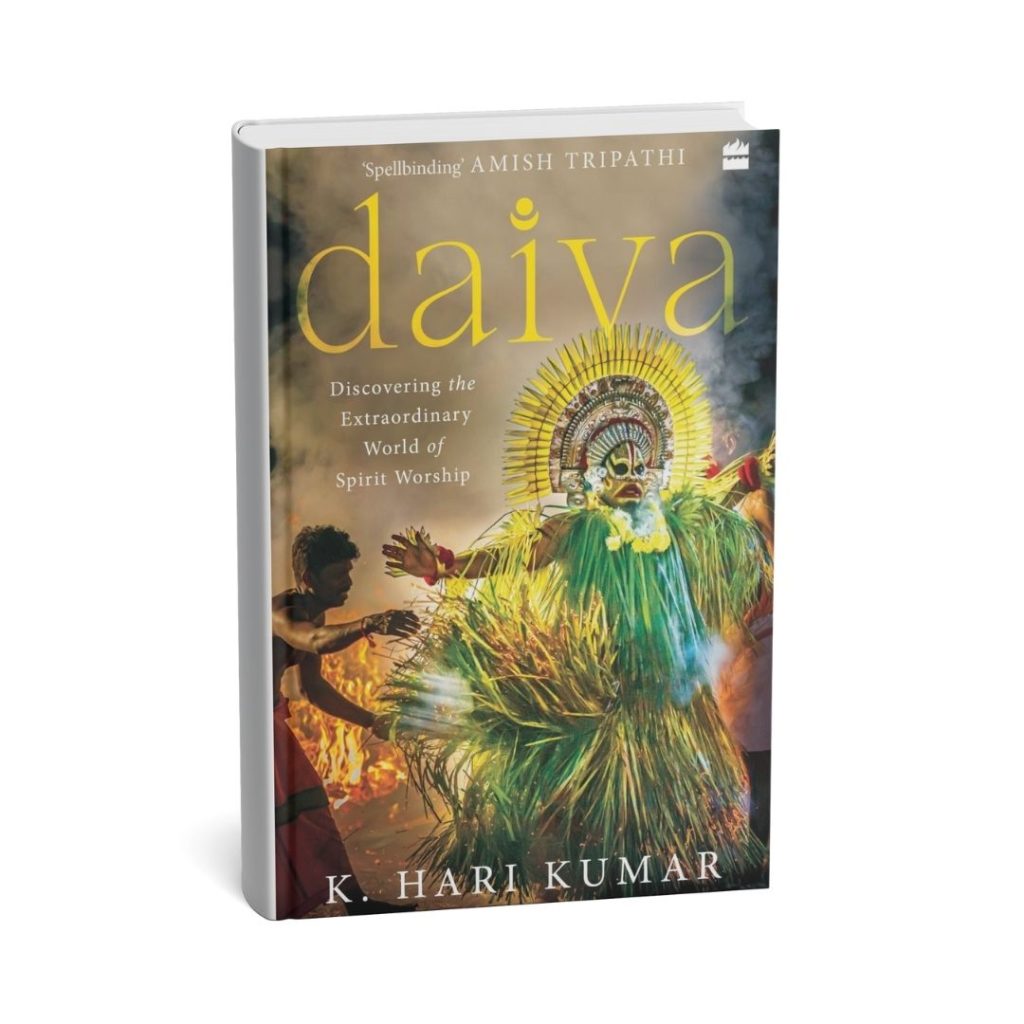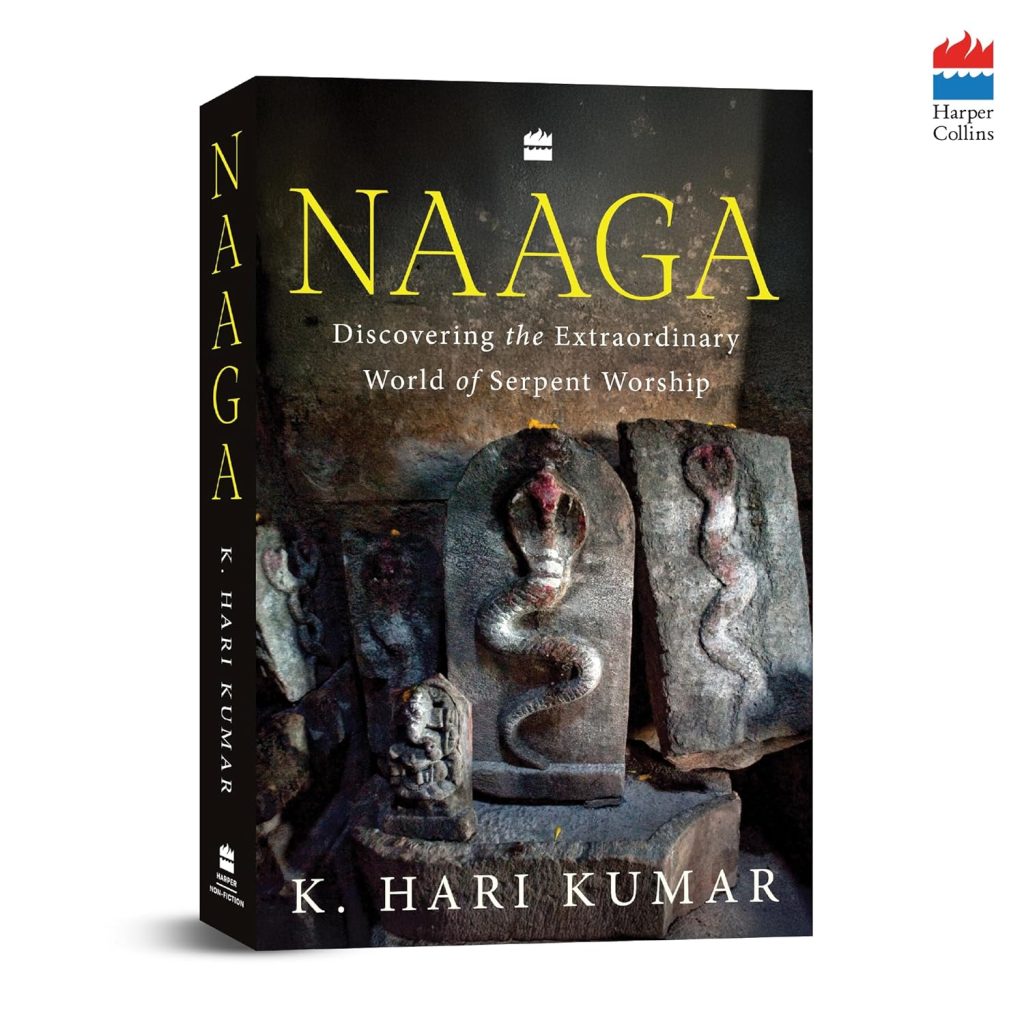We know him as the mighty monkey-god, the ultimate hero of the Ramayan stories. But beyond his legendary strength and courage, Lord Hanuman is revered for something far more profound: his mastery of the Ashta Siddhis, the eight supernatural powers. These divine abilities aren’t just a part of his legend; they are a key to understanding his spiritual perfection and boundless devotion to Lord Rama.
What are Ashta Siddhis?
The Ashta Siddhis are a set of eight mystical perfections or supernatural powers mentioned in ancient Hindu scriptures. The term “Siddhi” is a Sanskrit word that translates to “perfection,” “attainment,” or “accomplishment.” These powers are a core concept in various yogic and spiritual traditions, representing the highest level of mastery over one’s body, mind, and the elements. They are prominently discussed in the Patanjali Yoga Sutras as a result of advanced yogic practice, though they are considered obstacles to true spiritual liberation. The Markandeya Purana and the Brahmavaivarta Purana also describe these powers, often in the context of divine beings and great sages who have achieved spiritual perfection. The famous verse from the Hanuman Chalisa—”Ashta Siddhi Nau Nidhi Ke Data, As Var Deen Janki Mata”—identifies Hanuman as the bestower of these mystical perfections. This isn’t just about a hero with powers; it’s about a divine devotee who used these spiritual powers to overcome impossible odds and fulfill his divine purpose.
Let’s explore how Hanuman demonstrated each of these powers throughout the epic Ramayana, revealing that true might comes from a spirit aligned with the divine.
Aṇimā: The Power to Become Infinitely Small
During his search for Sita, Hanuman used Aṇimā to enter the fortress city of Lanka. He shrank his body to the size of a fly, slipping past formidable demon guards and proving that even the smallest being can accomplish the greatest tasks. This power symbolizes humility and the dissolution of ego, crucial for any spiritual journey.
Mahimā: The Power of Immense Size
To leap across the vast ocean to Lanka, Hanuman invoked Mahimā, expanding his form to a colossal size. He also used this power to confront and intimidate demons like Surasa. This ability to grow infinitely large represents the expansion of one’s consciousness and boundless inner strength.
Garimā: The Power of Infinite Heaviness
When the demons of Lanka captured him, they couldn’t move him to Ravana’s court. Hanuman used Garimā to make his body so heavy that they couldn’t budge him an inch. This supernatural ability is a metaphor for his unshakeable resolve and the immense weight of righteousness.
Laghimā: The Power of Weightlessness
Laghimā is the key to Hanuman’s ability to fly effortlessly. By becoming weightless, he could soar through the skies to cross the ocean or to retrieve the Sanjeevani herb from the Himalayas. This power symbolizes freedom from all worldly attachments and burdens.
Prāpti: The Power of Attainment
One of the most famous examples of Prāpti is when Hanuman brought the Sanjeevani herb from the distant Dronagiri mountain to save Lakshmana. This power demonstrates his capacity to obtain anything from anywhere, overcoming any obstacle to achieve his righteous goal.
Prākāmya: The Power of Unwavering Will
Prākāmya allows one to fulfill their desires and wishes. In the Ramayana, this power is seen in Hanuman’s relentless determination and success in finding Sita and fulfilling the mission of Lord Rama. It shows the incredible power of a will aligned with a divine purpose.
Īśitva: The Power to Control Nature
Hanuman’s mastery of Īśitva was on full display when he set Lanka ablaze with his burning tail. He commanded the fire to destroy the city, yet with divine precision, he ensured the flames did not harm innocent beings. This power signifies lordship over nature, used only for a selfless purpose.
Vaśitva: The Power to Influence Others
Though he possesses this power, Hanuman’s Vaśitva is never used for personal gain. He uses his influence to inspire the Vaanara army and instill fear in his enemies. This siddhi represents the power of righteous persuasion and the ability to control external factors through moral authority.
Hanuman’s possession of the Ashta Siddhis is a core part of his legend, revealing him not just as a hero, but as a perfect divine devotee. He is the ultimate example of how immense power, when coupled with humility and devotion, can be used to serve a higher purpose. The Ramayan stories and the life of Hanuman are a timeless lesson in the potential for spiritual growth that lies within us all.




Leave a Reply